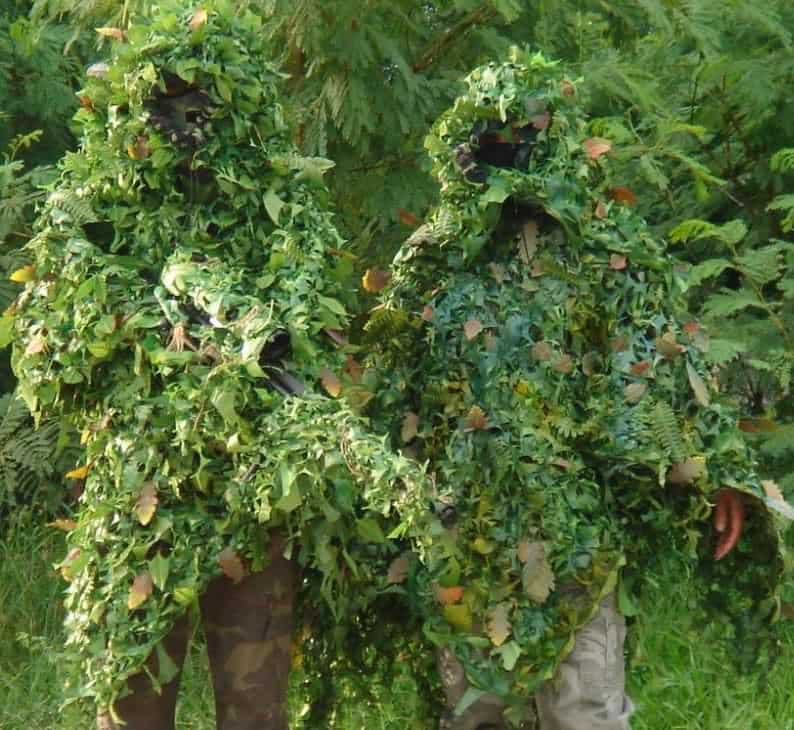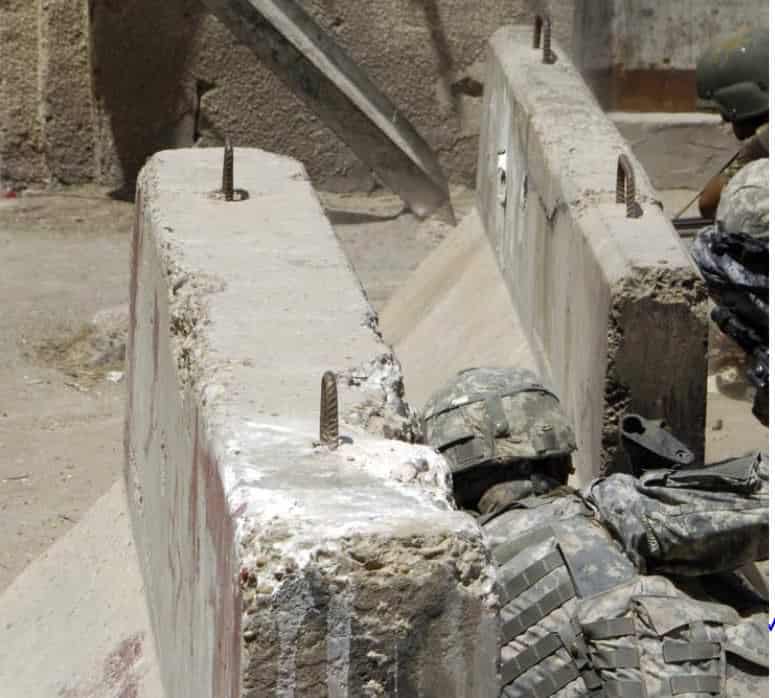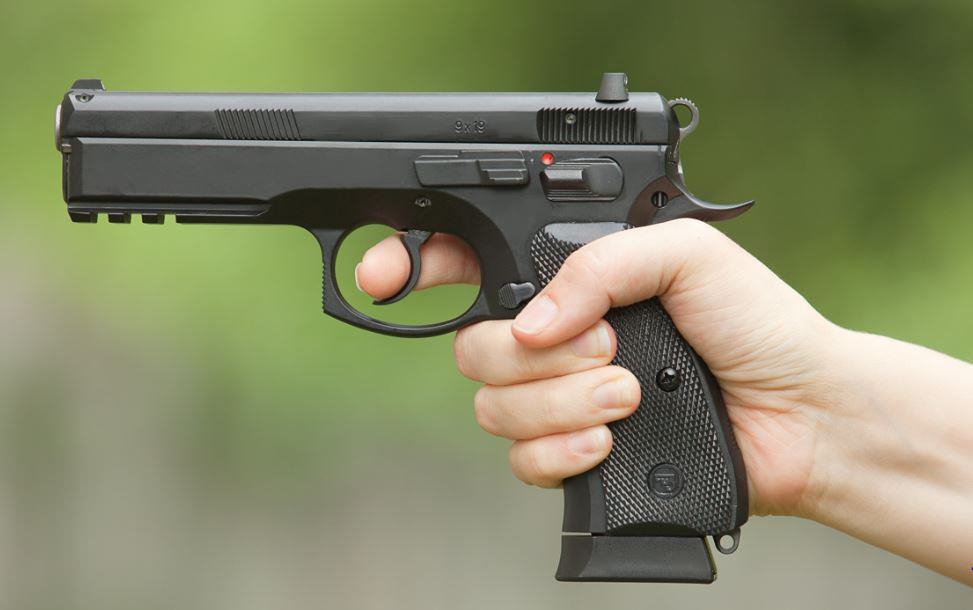
Once you have completed your basic handgun skills and safety class, learned the fundamentals and legal requirements and parameters for concealed carry (CC), and earned your state’s CC license or permit, it is important to take that critical next step. That step is getting proper professional training beyond the basics to help yourself learn and apply other necessary and practical CC skills for real-world encounters and the actual use of deadly force. In addition to thoroughly knowing the laws and effectively applying the shooting fundamentals of proper (1) grip, (2) stance, (3) sight alignment, (4) sight picture, (5) breath control, (6) Body Movement Control, (7) Trigger Control, and (8) Follow Through, I believe those that carry should ensure that they have at least these 8 very necessary CC skills and regularly practice them.
Concealed Carry Skills Beyond the Basics:
- Accuracy & Shot Placement
- Drawing & Presentation
- Reloading- Types & Quickly
- Resolving Malfunctions & Stoppages
- Use of Cover & Concealment & Movement
- Speed
- One-Handed Shooting
- Off-Hand (Support-Hand) Shooting
Accuracy
Realistically, it is not sufficient to slow-fire shoot and hit most of the time somewhere on a stationary 9-inch paper plate at 3 to 4 yards with a two-handed grip in a relaxed and stress-free range environment. Punching holes in the paper plate is not the proper goal. To save his/her life, a CC shooter must be able to regularly and quickly hit a 3-4 inch group at 5 to 15 yards (some say out to 20-25 yards) under various influences, unexpected target challenges, and stressful situations. Marksmanship techniques and skills can be learned and mastered with considerable training and practice. The muscle memory must be developed and some estimate it takes between 5,000 and 7,000 repetitions of an action or behavior to commit the technique or skill to an automatic response from muscle memory. Remember, accurate shot placement is more important than the caliber or equipment you choose. PRACTICE!

Drawing
There are generally-accepted steps and techniques for drawing and presenting a handgun properly and effectively. In my recent “Concealed Carry and Handgun Essentials for Personal Protection” book, I give 9 Steps in the Draw Process, along with tips for clearing a closed and open carry garment. It is also important to know how to and to practice properly lifting and rotating the gun to adequately present it. Safely re-holstering requires focus. PRACTICE!
Reloading
For self-defense, especially if there are multiple attackers with weapons, it is key for survival to be able to quickly and properly reload an empty or almost empty gun. It important to keep your defensive gun up and running and reloaded. Fine motor skills are involved in reloading under stress, so you must practice the involved skills. Shooters should know the various ways to load, unload, and reload different handguns in various situations. Know how to do an emergency reload efficiently; know how to manipulate the magazine release; Know how to perform a tactical reload in a timely manner when a gun has only fired a few rounds from the mag; Know techniques for retaining the partially-used mag for later use; Know how to do a speed reload; Know how to index your finger along the side of the mag; keep the gun near eye level when reloading and inserting mags, etc. PRACTICE!
Resolving Malfunctions and Stoppages
Probably every handgun shooter will experience a malfunction or stoppage of some kind over his/her lifetime. Are you prepared now to handle the many types of mechanical, physical equipment, procedural, and related failures that might occur? Can you identify the various types of malfunctions and stoppages? Do you know what to do if you have a squib load, stovepipe, hang fire, or double feed? Failure to fix the failure or clear a stoppage can prevent the shooter from rapidly getting follow-up shots on target or quickly resuming the gunfight to save his/her life. So it is just a matter of time for this to occur, is critical to identify the problem and fix it, and do so quickly in the field when it happens. It is imperative that every shooter has complete confidence that his/her handgun will function mechanically 100% of the time. But, remember all mechanical devices, like guns, can and do fail. Be cautious, keep your gun clean and maintained, use proper ammo, and PRACTICE!

Use of Cover & Concealment & Movement
Cover and concealment are different and shooters must know the differences and how to deploy each for their safety and use. Briefly, cover is protection from the fire of hostile guns, while concealment is protection from sight and observation, to allow you to observe your attacker while hidden yourself. Material such as steel, concrete, and thick wood help with cover, while foliage, dense brush, netting, and even shadows conceal you from being seen, but not necessarily from being shot. Some buildings provide both cover and concealment, but be aware of the vulnerabilities. In a live-fire encounter, the top priority is finding and using COVER. Needless to say, when there is movement, accuracy suffers. But we all move, so our goal should be to minimize movement, not to eliminate it because we cannot. So movement and hold control means we should hold the body and handgun as still as possible when the shot is fired. However, we usually are moving backwards, forward, or sideways when we are in a deadly encounter with a threat. So, it is important to take the time to practice movement in various directions while shooting. Be very careful when practicing shooting on the move. Safety First Always. Most are not familiar with the proper techniques and tips for shooting while on the move, so learn them. PRACTICE!
Speed
Recognizing that the primary purpose of presenting your gun and shooting it in a tactical encounter is to hit the “Bad Guy/Gal” threat or target, you must be able to do that quickly with controlled speed. For survival, a defensive shooter must do this regardless of the distance to the threat target or its size. This takes practice. Yes, accuracy is of prime importance, but speed is also important and they are closely related. There must be a balance between the two and you personally must be prepared to blend the speed of the shot and the accuracy of your hit. Recognize that you are at a disadvantage initially, because the threat has planned the attack and is initiating the action against you at the present moment… and you are usually reacting and responding to the attack in progress. You must respond immediately and your shot must be placed optimally to reduce damages and injuries. So, a slow target hit after the immediate gunfight attack is over is worthless. Unnecessary movement must be excluded in all aspects of shooting, e.g. draw, trigger press, sight picture and grip acquisition, etc., so break the draw process, the trigger press, and the other actions into their components, use a shot timer, and PRACTICE each one independently of the other. Without a doubt, the speed of your draw, application of proper fundamentals, movement reduction, and attention to speed factors are key to survival in a violent encounter.

One-Handed Shooting
Yes, we know that firing a handgun with two hands usually provides more stability for recoil control, better shot-to-shot recovery, presentation to target, etc., but the ability to shoot with one hand is an essential skill. You may need to shoot from various stances and positions with one hand, rather than the usual full extension with two hands in front of your eyes and body. In reality, the likelihood of needing to shoot with one hand is quite high. The attacker may be right on top of you quickly, so you may not want to extend and place both hands within his reach and control. It may be necessary to shoot just above your holster level or from your hip with only one hand. Maybe the attack comes so fast that you do not have the time to bring your support hand into the situation; maybe your support hand is injured, disabled, or involved with opening an exit door, fending off the attacker, holding a child or a bottle of nitroglycerin, etc. You must train to shoot using just one hand, as well as with two hands and only your right or left hand by itself… just in case. Do not neglect this. PRACTICE!
Off-Hand (Support-Hand) Shooting
Just as with one-handed shooting, you may have no choice but to shoot only with one hand… and that one hand may be your weak or support hand, rather than your usual strong hand. So “righties” would have to shoot with their left and “lefties” would shoot with their right hand. Try this sometime using your computer mouse quickly with your opposite hand. It is difficult to do effectively and efficiently and takes practice. A consistent grip and trigger finger placement and movement are keys and you have to practice them for the support or weak hand. This does not usually happen naturally and must be learned. Often, when shooting with the weak hand shooters do not get on target as fast nor as accurately. Proper placement of the weak hand on the backstrap, turning the gun to create space in the gap for the strong hand, and getting the trigger finger on the trigger too early are problems. Also, determining, understanding, and implementing the relationship between your weak hand and your dominant, strong eye for sight alignment and accuracy are important. Ah, the key word again. PRACTICE!
Well, I hope my reminder of these additional and essential training topics for concealed carry, which are in addition to the usual basics, will help your survival and effectiveness with your handgun. Continued success, be safe, and “Always Shoot Straight.”
Photos by author.
* This personal opinion article is meant for general information & educational purposes only and the author strongly recommends that you establish your own criteria based on your personal needs, goals, purpose, and priorities. It should not be relied upon as accurate for all shooters & the author assumes no responsibility for anyone’s use of the information and shall not be liable for any improper or incorrect use of the information or any damages or injuries incurred whatsoever.
© 2015 Col Benjamin Findley. All Rights Reserved. This article may not be reprinted or reproduced in whole or in part by mechanical means, photocopying, electronic reproduction, scanning, or any other means without prior written permission. For copyright information, contact Col Ben Findley at [email protected].









